Modulating gut health in ruminants
Maintaining gut health is essential for beef and dairy cattle production. Strategies must be developed to modulate the gut in order to optimize animal health and performance.
July 1, 2017
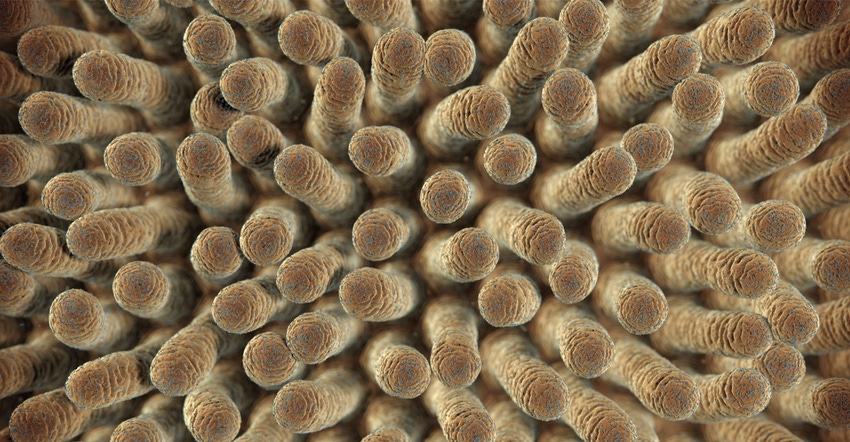
Sponsored Content
In order to maintain feed efficiency, growth rate and production standards, producers now seek to better understand the factors contributing to gut health. Historically, the gastrointestinal tract, or gut, was considered an organ solely equipped for the digestion and absorption of nutrients.
The gut harbors the largest population of immune cells in the body as well as the commensal bacteria that outnumber the entire host cells.1 There is a general consensus that a healthy gut leads to a healthy animal with optimal performance. Understanding the interactions between these interrelated components of the gut is what cumulatively makes the gut the basis for the health and productivity of beef and dairy cattle.
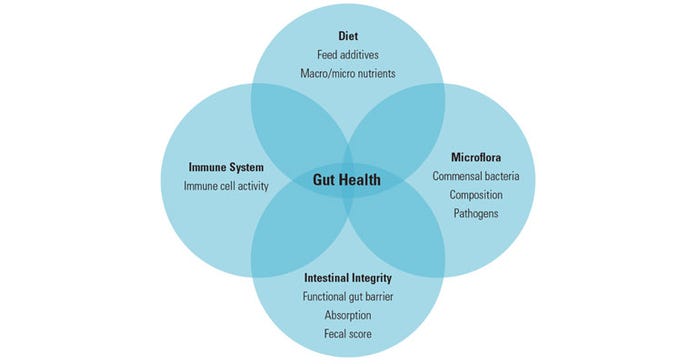
Figure 1. Gut Health Components
Practical implications of gut health in beef and dairy cattle
The large number of epithelial, immune, neural and commensal bacterial cells lining the gut and their complex interplays makes the gut the most important organ for animal health and performance. The ability of the gut to perform normal physiological functions and to help the animal maintain homeostasis requires it to be able to withstand environmental and infectious stressors that occur in commercial beef and dairy operations.
How is gut health compromised in modern beef and dairy production?
Besides infection, management and environmental factors can compromise gut health in beef and dairy cattle. Included in those are weaning, molds and mycotoxins in feed, heat stress, transportation, transition to rapidly fermentable feeds, etc.
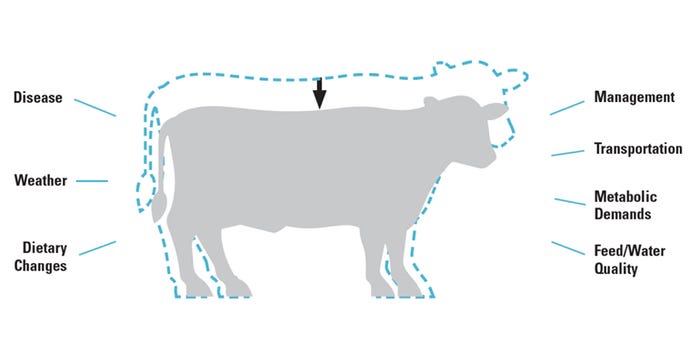
Figure 2. Factors Compromising Gut Health
Maintenance of a stable and favorable microflora
Another key factor in the development and preservation of gut health is its natural microbial composition. The intestinal microbiota contributes to several physiological functions such as digestion and absorption, regulation of energy homeostasis, prevention of mucosal infections and modulation of the immune system. The gastrointestinal tract (GIT) microbiota prevents colonization by potentially pathogenic microorganisms, provides energy for the GIT wall from undigested nutrients and regulates the mucosal immune system by means of immune stimulators.2
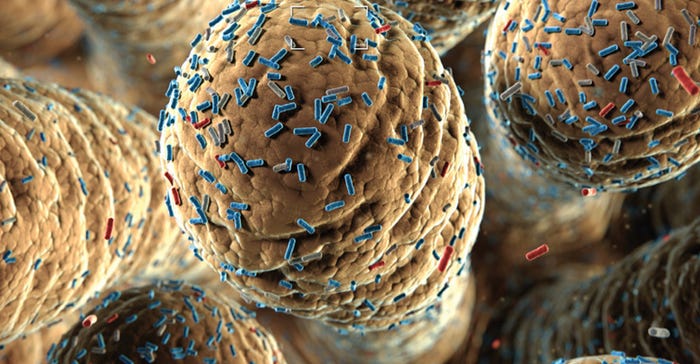
Figure 3. Intestinal Villi with Microflora
Maintenance of effective immunity
Up to 70% of the immune response resides in the gastrointestinal tract. Considering the requirements of essential nutrients increase when an animal needs to mount an immune response, it is critical to characterize the nutritional costs required to mount an effective immune response in order to optimize feed efficiency and gut health. Stimulation of the immune system may result in the animal’s growth potential being reduced, resulting in higher production costs for farmers. Feeding a diet that fails to provide adequate amounts of these essential nutrients will immune-compromise the animal.3
Maintenance of a healthy and functional gut barrier
Unlike the rumen, the gut is lined by a single layer of epithelial cells that serve to facilitate digestion and absorption of nutrients and act as a barrier to invading microorganisms, toxins and dietary antigens. Therefore, optimal intestinal barrier function is paramount to achieving healthy gut function. Tight junction proteins are one of the key components of regulating intestinal permeability. These tight junctions are crucial for the integrity of the epithelial barrier and the separation of these tight junctions leads to the breakdown of the intestinal barrier (i.e. leaky gut), allowing for harmful molecules and compounds to pass through.
Present work and implications
Maintaining gut health is essential for beef and dairy cattle production. Within the livestock industry, the number of dietary compounds commonly used for improving gut health is far greater for monogastrics than ruminants. There is an emerging trend to explore the synergistic or additive effect of various compounds. The recent influx of research investigating the effect of different compounds on gut health will benefit the ruminant animal. As antibiotics are being phased out of livestock production, cost-effective, non-antibiotic strategies must be developed to meet the consumer demands for more environmentally friendly animal production, while also supporting the world’s need for more animal protein.1
For more information about Kemin Animal Nutrition & Health research in cattle and other species, contact a Kemin representative, email [email protected] or visit Kemin.com/GutHealth.
References
Modulation of Gut Health in Beef and Dairy Cattle. Dr. Clint Krehbiel and Guolong Zhang. Oklahoma State University. 2016. Used with permission.
Celi, Pietro. The growing importance of defining gut “health” in animal nutrition and health. J. Anim. Sci Vol. 94, E-Suppl. 5/J. Dairy Sci. Vol. 99, E-Suppl. 1. 2016.
The common denominator: Leaky gut syndrome. Keilli Boylen. Progressive Dairyman. Published September 30th, 2016.
About the Author(s)
You May Also Like

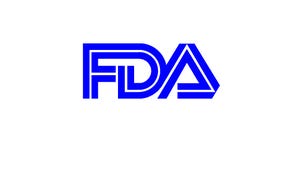
.png?width=300&auto=webp&quality=80&disable=upscale)
